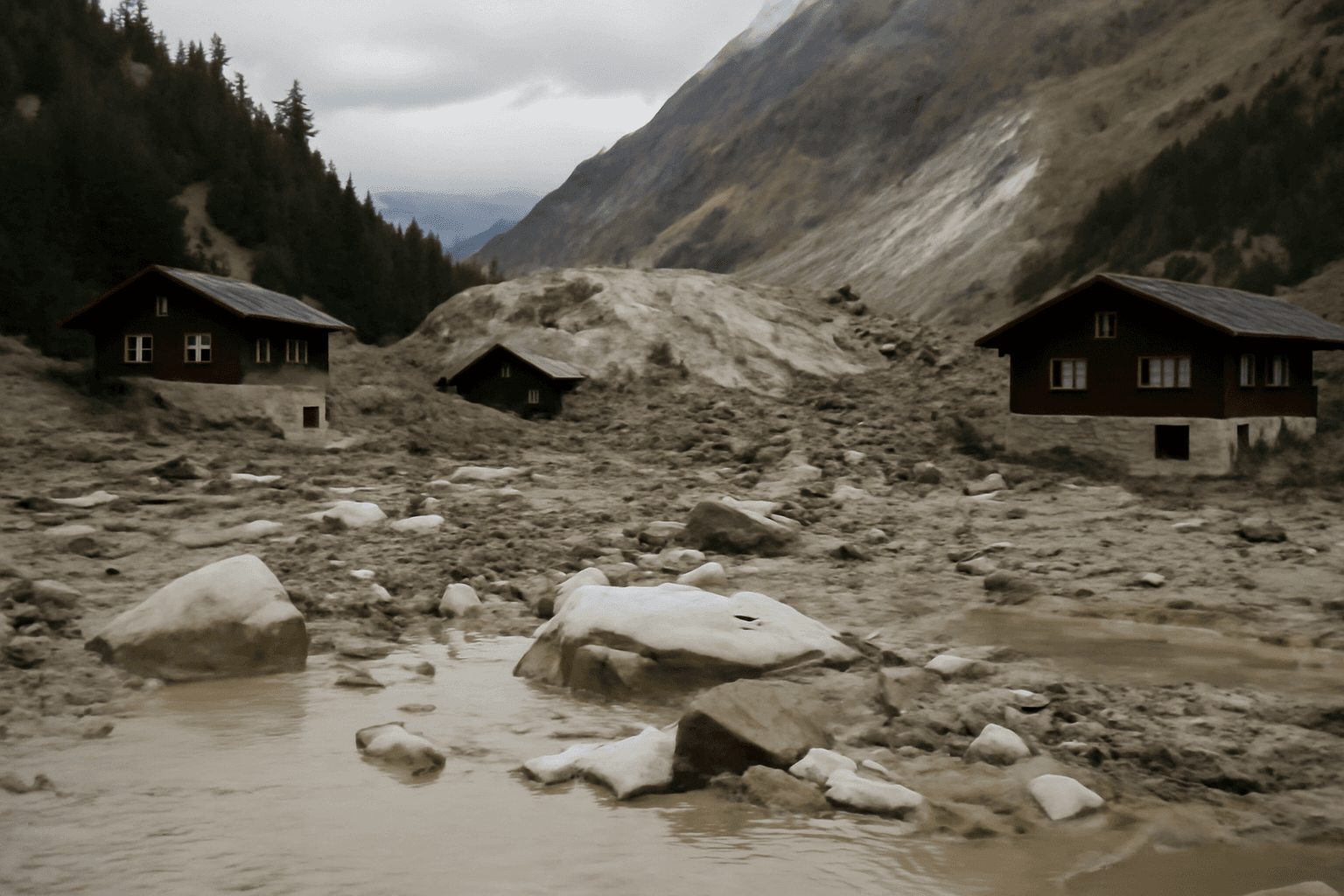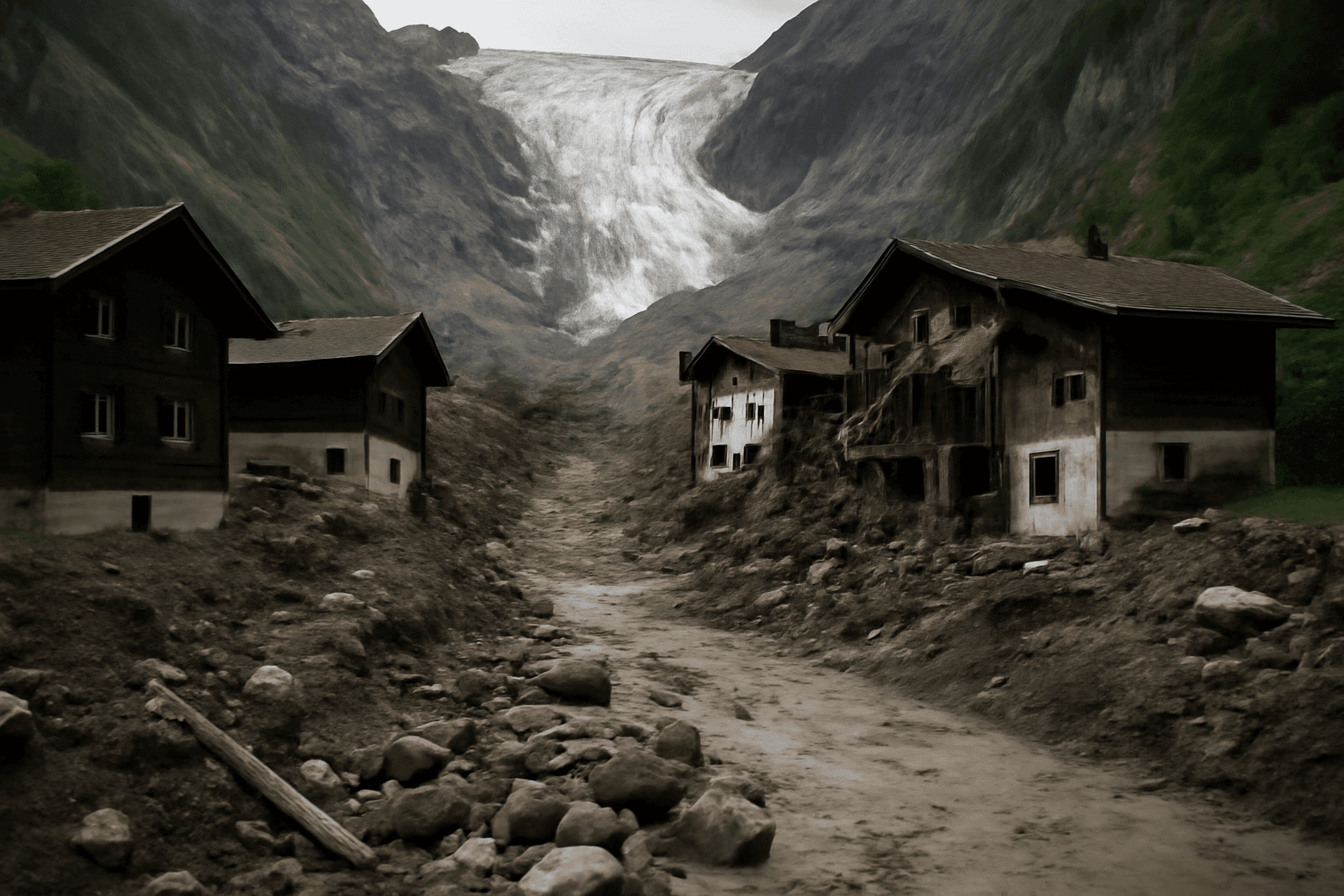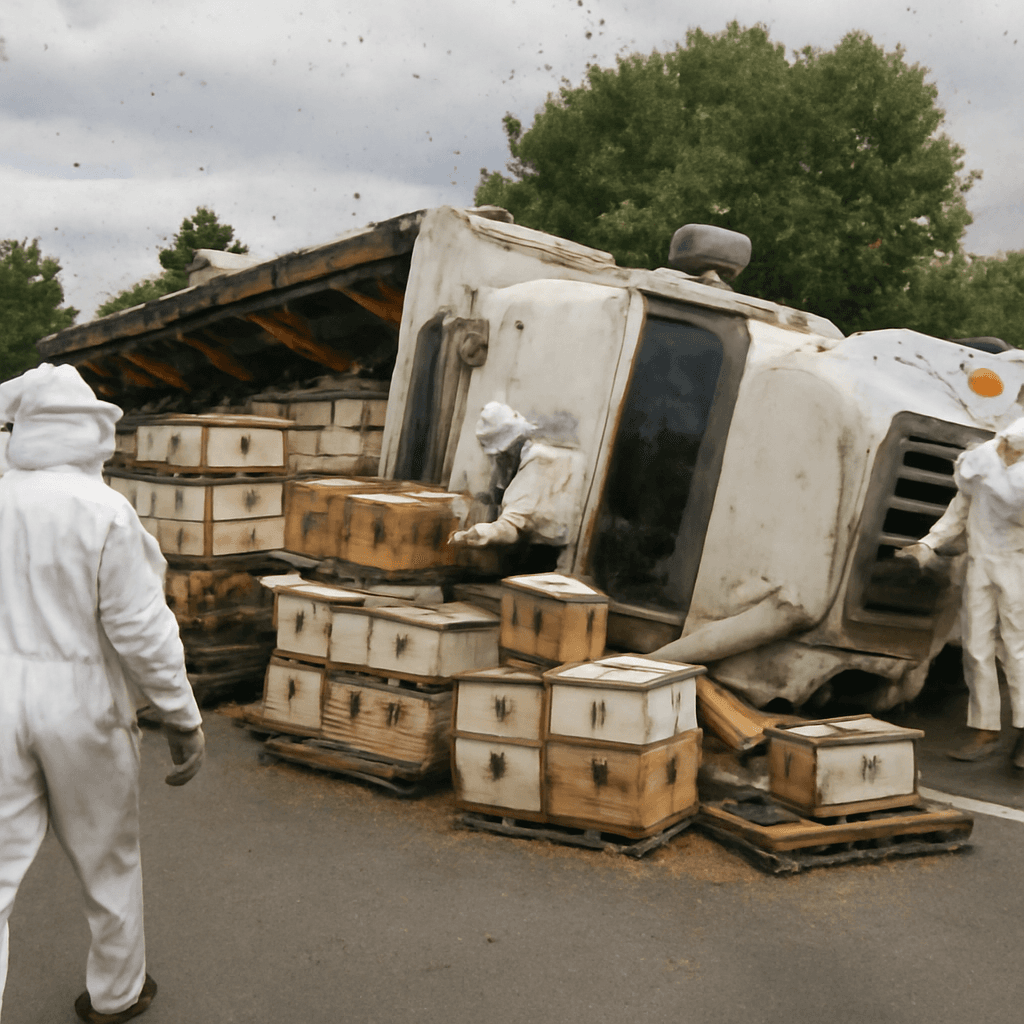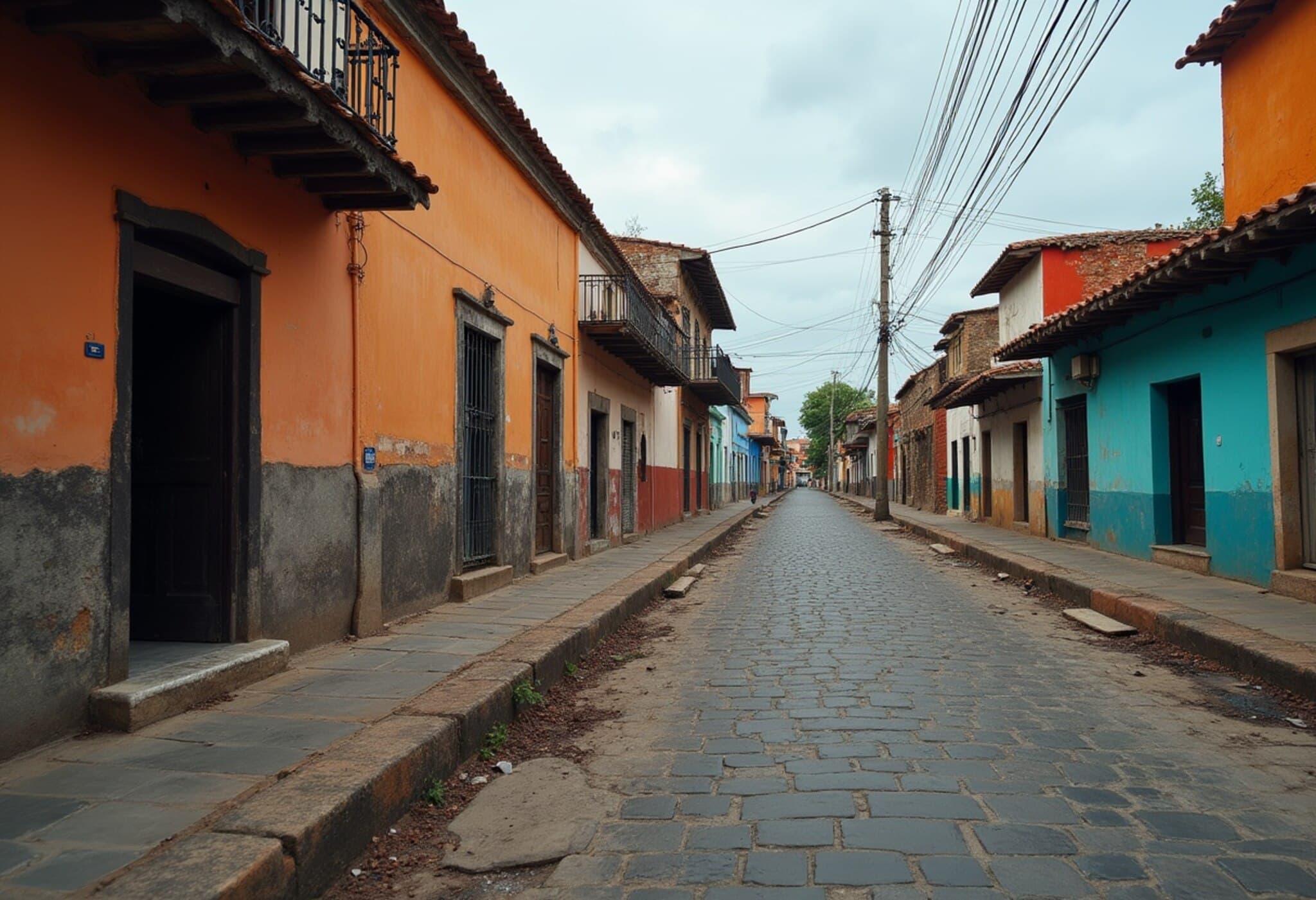Moderate Earthquake Strikes Near Queensland, Australia
A magnitude 4.9 earthquake shook the eastern coast of Australia on Saturday, sending ripples of concern through local communities. The European Mediterranean Seismological Centre (EMSC) initially reported the quake as a magnitude 5.7 event before revising it to 4.9, confirming a depth of approximately 10 kilometers (6.2 miles) beneath the surface.
Geographic and Seismological Details
The tremor’s epicenter was pinpointed by Geoscience Australia near the rural town of Kilkivan, which is situated about 170 kilometers (110 miles) northwest of Brisbane, Queensland’s bustling capital. Over 9,000 residents reported feeling the earthquake, highlighting the region’s vulnerability to seismic activity despite Australia being one of the least earthquake-prone continents.
Impact on Infrastructure and Community
While the earthquake did not spark any tsunami alerts—the Australian Bureau of Meteorology quickly ruled out this risk—the event nonetheless caused significant disruption on the ground.
- An estimated 11,000 properties lost power following the quake, according to Energex, Queensland’s state-run energy distribution provider.
- Residents in affected areas reported mild structural vibrations but no major damage or injuries have been confirmed so far.
Expert Analysis: Why This Earthquake Matters
Australia’s stable tectonic setting has historically made earthquakes rare and less intense compared with more active regions like the Pacific Rim’s 'Ring of Fire.' However, this event underscores the fact that even low-risk areas must maintain preparedness. Earthquakes beneath stable continental regions can still inflict infrastructure strain, especially in rural and suburban zones where building codes may not always anticipate seismic shocks.
Moreover, while magnitude 4.9 quakes are moderate, they often serve as reminders for local governments and communities to review and strengthen emergency response systems. The power outages reported in this incident raise critical questions about the resilience of essential services during natural disasters.
Looking Ahead: Resilience and Readiness in Queensland
Queensland officials have reassured residents that the risk of aftershocks is low and emergency services remain vigilant. Still, this earthquake offers a timely prompt for investing in seismic monitoring and public awareness campaigns throughout Australia’s eastern seaboard.
Editor’s Note: What Does This Mean for Australia?
While Australia is not often synonymous with earthquakes, the Kilkivan tremor serves as a vital reminder that seismic events can happen anywhere. Strengthening community resilience involves not just monitoring but also proactive infrastructure upgrades and emergency planning.
Key questions remain: How are rural power grids adapting to sudden shocks? Could similar incidents strain other infrastructure such as water and transport? And importantly, how will public awareness evolve to ensure everyone, from city dwellers to remote farmers, remains prepared?
Ultimately, this moderate earthquake challenges assumptions and calls for a renewed conversation on disaster readiness in traditionally low-risk zones.



















